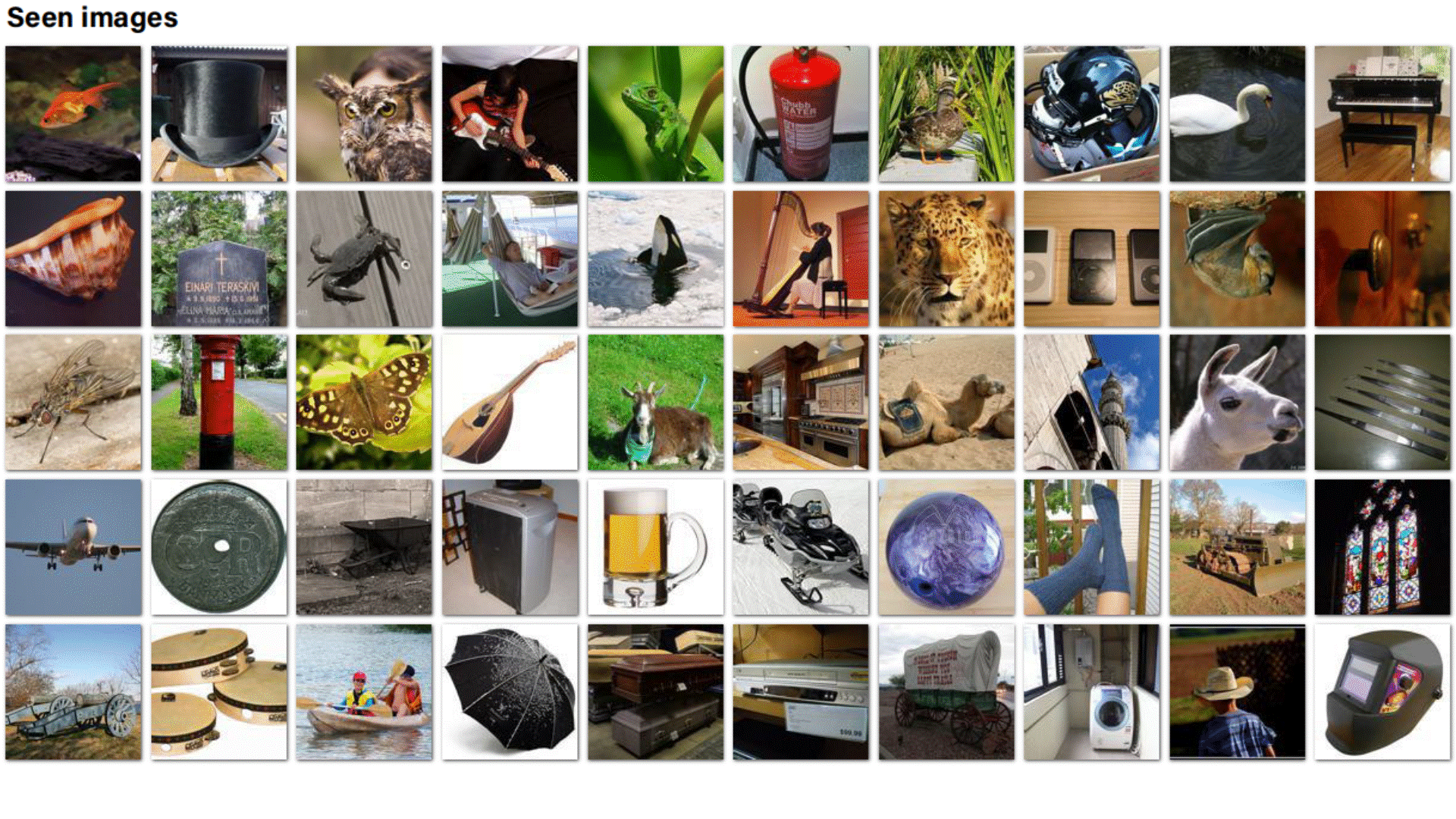Guy Gaziv*, Roman Beliy*, Niv Granot*, Assaf Hoogi, Francesca Strappini, Tal Golan, Michal Irani
*Equal contributors
[Paper], [Bibtex], [Supplementary], [Poster], [Code], [NEW PyTorch Code]


Reconstructing natural images and decoding their semantic category from fMRI brain recordings is challenging. Acquiring sufficient pairs of images and their corresponding fMRI responses, which span the huge space of natural images, is prohibitive. We present a novel self-supervised approach that goes well beyond the scarce paired data, for achieving both: (i) state-of-the art fMRI-to-image reconstruction, and (ii) first-ever large-scale semantic classification from fMRI responses. By imposing cycle consistency between a pair of deep neural networks (from image-to-fMRI & from fMRI-to-image), we train our image reconstruction network on a large number of "unpaired" natural images (images without fMRI recordings) from many novel semantic categories. This enables to adapt our reconstruction network to a very rich semantic coverage without requiring any explicit semantic supervision. Specifically, we find that combining our self-supervised training with high-level perceptual losses, gives rise to new reconstruction & classification capabilities. In particular, this perceptual training enables to classify well fMRIs of never-before-seen semantic classes, without requiring any class labels during training. This gives rise to: (i) Unprecedented image-reconstruction from fMRI of never-before-seen images (evaluated by image metrics and human testing), and (ii) Large-scale semantic classification of categories that were never-before-seen during network training. Such large-scale (1000-way) semantic classification from fMRI recordings has never been demonstrated before. Finally, we provide evidence for the biological consistency of our learned model.